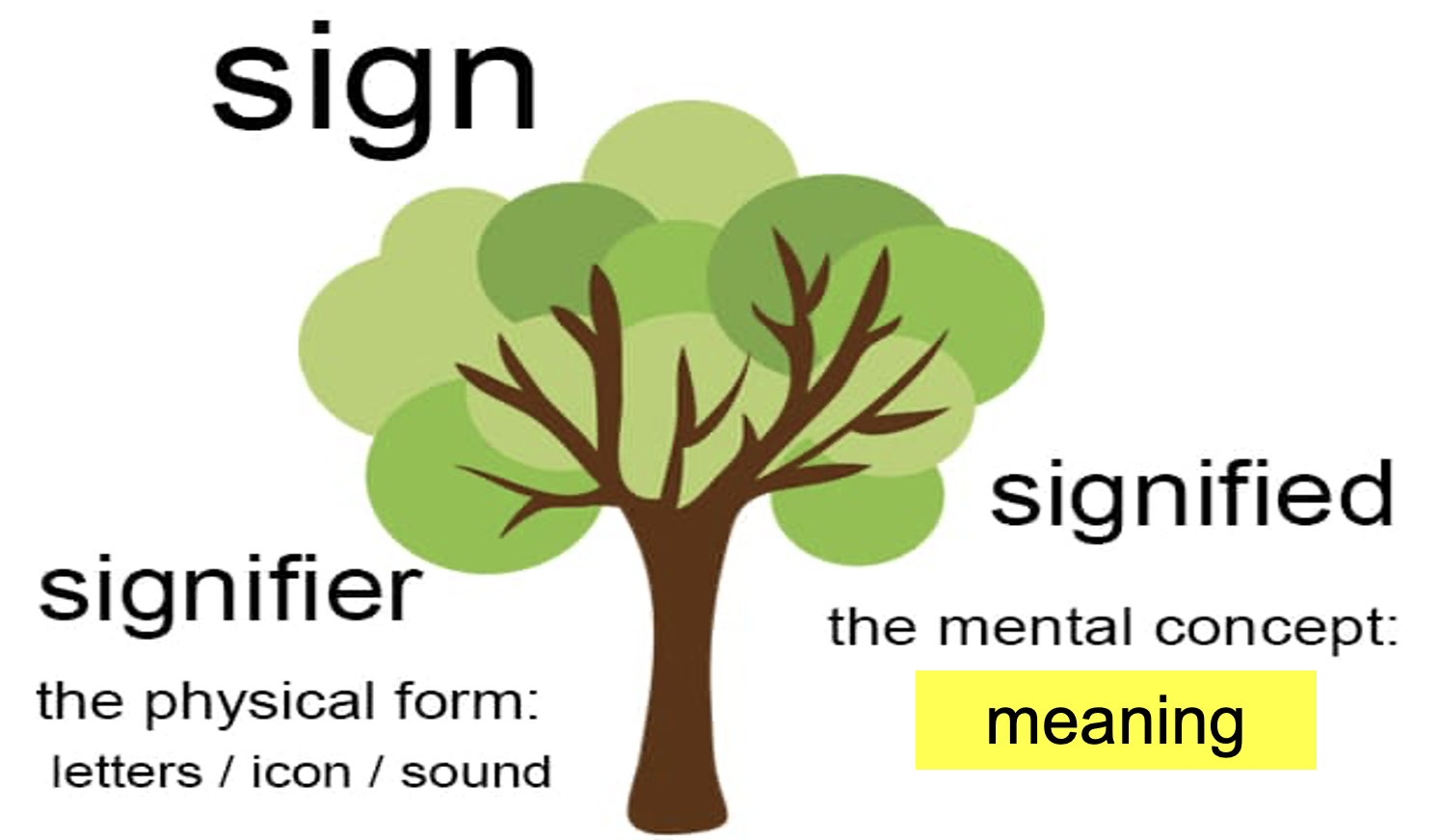In this article, I will use four key concepts in Nursi’s life and writing: mana-i harfi (other indicative), mana-i ismi(self-referential), niyaah (intention), and nazaar (reflective perspective) to suggest a solution to the age-old conflict between science and religion. In his book, Masnawi-i Nuriyah, Nursi states that it took him 40 years of life and 30 years of learning to come up with these four concepts. In fact, one might argue that Nursi spent the first half of his life discovering these concepts and the second half practicing and preaching them. Thus, these concepts are the seed and fruit of a life fully dedicated to knowledge and spirituality.
These concepts are the pillars of Tawhidi ontology and epistemology in Nursi’s perspective. Ontologically speaking, beings have two dimensions, mulk (observed, phenomena), and malakut (unobserved, noumena). Mana-i ismi deals with the mulk dimension while mana-i harfi deals with malakut dimension of beings. In the mulk dimension, apparent causes are employed. Everything happens through certain causes. In the malakut dimension, Divine Power oversees everything as the only Cause of apparent causes. The malakut dimension is also reflected within the mulk dimension. Thus, epistemologically speaking, we need to look through the mana-i harfi perspective to view the manifestation of the malakut dimension within the mulk dimension. If we look at through mana-i ismi perspective, we will only view the mulk dimension. Thus, to gain a complete understanding of beings, it is necessary to look at them through the mana-i harfi perspective.

Nursi gives the example of a mirror and its reflection to explain the mana-i ismi and mana-i harfi perspectives. We should know the difference between mirrors and reflection. It is perfectly fine to study the glass of a mirror to understand the observed phenomena. However, it is a mistake, if we think that reflection comes from the glass. Yes, we receive reflection through mirrors but not from them. Likewise, everything in the universe works like a mirror. The manifested properties of things are not from them. They are from The Infinite Power. Just as mirrors cannot be the source of a reflection, but just the means through which we receive reflections, beings cannot be the source of their properties and associated outcomes. They are just the means through which we receive certain outcomes. For instance, we receive apples from an apple tree. If we study the apple tree, we will realize that it does not have the necessary properties to be the true source of its fruit. Thus, we can conclude that apples come with a tree, but not from it. In reality, apples come from the tree of the universe. Similarly, we receive milk from cows and honey from honeybees. If we look at through the mana-i harfi perspective, we will realize that neither cows nor bees are the true sources of their products. They are connected to the universe as a whole. Thus, they can only come from The One who creates and sustains the entire universe.

In Nursi’s view, our journey to unlock the secret of the universe should start from the self (anah). We need to understand the true nature of the self through the mana-i harfi perspective to view how the Divine Power works within us. When we first reflect on our actions, we may feel as if we have the power to things such as eating, speaking, moving, thinking, and so on. But if we think deeply, we will realize that we are absolutely powerless. Yes, we have power working within us. However, that power is not from us. For instance, we might think that we have the power to feed ourselves. When we thoroughly study the complicated process taking place in the digestive system, we will give up any claim of power to feed our body. In fact, we do not even know the entire process. Our body is like a small world with 60-70 trillion residents called cells. We neither have the necessary power nor the knowledge to feed these cells. Thus, we should give up the claim of having any power. We are like a powerless infant in the universe. It is the Infinite Power and Infinite Mercy working within us sustaining our life. In short, as we reflect on our experience (inward reflection on the self) through the mana-i harfi perspective, we will come to the realization that we are absolutely powerless and needy. We need countless things at both the micro and macro levels to sustain our life from moment to moment. We have no real control over anything.
Thus, as we reflect on our life and realize The Infinite Power working within us, it will become easier to see that same power working within everything. Since we are not the creative cause of anything which appears to come from us, then, a tree could not be the cause of its fruit as well. In fact, from Nursi’s perspective, we are no different than a tree. We are both equally powerless. The only difference is that we are conscious of The Infinite Power working within us. If we mistakenly ascribe this power to ourselves, we will commit shirk (partnership with The Creator). If we come to the realization that it is the Infinite Power and Mercy working within us, then, we will offer shukr (gratitude). Thus, we are supposed to gain true realization of Infinite Power through personal and direct experience. Once we do that, we can easily see how the Infinite Power works in everything.

In Nursi’s view, niyaah (intention) is the necessary starting point of perceiving both mulk and malakut dimensions of beings. That is because our attention follows our intention. We perceive whatever we intend to see. If we intend to see the true nature of reality, we should look at it through the mana-i-harfi perspective. We should move beyond appearance. Then, we will view everything as signs (ayah) with two aspects: signifier and signified. The signifier is the mulk dimension while the signified is the ultimate reality of malakut dimension manifested in the mulk dimension. To read the signs properly, we need to go beyond appearance and try to decode the meaning of observed phenomena in the mulk dimension through the mana-i harfi perspective. Thus, the reflection through the mana-i harfi perspective is a way to see the connection between the mulk and malakut dimensions by perceiving the meaning of signs (ayah) in the mulk dimension. As we do that, we will go beyond apparent causes and perceive the True Cause of everything. We will see the interconnectivity and unity between everything. We will realize that the entire universe works like a giant tree. Everything we enjoy comes from the tree of the universe. Thus, whoever creates and sustains the entire universe is the One who creates everything within it.
In Nursi’s view, it is a grave mistake to limit beings to the mulk (phenomenal) dimension. It is essential to perceive the manifested properties of the malakut dimension in the mulk dimension. Thus, pure science gathers testable information about the mulk dimension to help us understand observed phenomena. It is the job of religion and philosophy to step in to explain the meaning of observed phenomena by connecting them to another dimension such as the malakut dimension. In such a case, science provides factual knowledge about the mulk dimension, while religion and philosophy help us to understand the ultimate reality and meaning behind the observed phenomena. Thus, science and religion complement each other rather than competing if each stays within its boundaries. In fact, that is what science is all about as it is described by American Physical Society (APA): “Science is the systematic enterprise of gathering knowledge about the universe and organizing and condensing that knowledge into testable laws and theories.”

Conflict arises when science is mixed with ideology, especially the materialistic and reductionistic worldview, and scientism is presented as science. Also, when a prominent scientist such as Stephen Hawking says that there is no meaning in creation, he simply expresses his opinion and belief, just like any other human being, rather than stating a scientific fact. In such a case, it is important that we reject the embedded ideology in science while embracing pure scientific knowledge as factual information about the mulk dimension of beings. It is also important to note that scientific and religious views of the reality could be taught in an integrative manner as it was largely the case during the Golden Age of Islam when Muslims used to lead science.
In short, from the mana-i harfi perspective, science should be limited to the mulk dimension explaining apparent causal relationships based on observations. However, it should not limit reality to that dimension. Rather, it should acknowledge its limits and let philosophy and religion provide the true meaning/cause of observed phenomena based on the malakut dimension using the mana-i harfi perspective. Like Richard Feynman, a well-known Nobel Laureate in physics, we shall define the role of science as a descriptive one: “Because atomic behavior is so unlike ordinary experience, it is very difficult to get used to, and it appears peculiar and mysterious to every- one – both to the novice and to the experienced physicist. We cannot make the mystery go away by “explaining” how it works. We will just tell you how it works.” Thus, we think that science should be limited to WHAT questions which explain the mulk dimension using observation. It should describe WHAT is observed. However, it should not attribute the true source of the observed phenomena to material causes. Rather, it should describe the observed relationship as an association, not true causation. It should let philosophy and religion provide answers to HOW and WHY questions underneath the observed phenomena. By doing this, we will avoid an age-old conflict between science and religion.